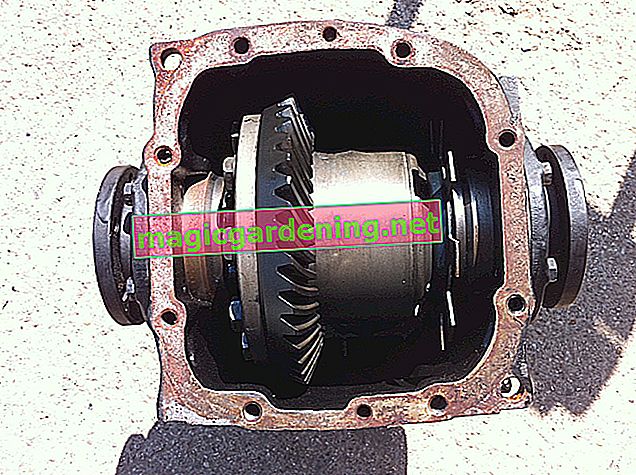
Whether built by hand or purchased as a pre-assembled do-it-yourself kit: When setting up a greenhouse, you shouldn't act haphazardly and be clear about which types of fruit and vegetables or ornamental plants are to be grown or bred. Knowledge of the natural crop rotations is just as important here as knowledge of the basic compatibility of the various species of individual plants and plants with one another. This planning is always dependent on the size and height of the house , but the type of construction, for example whether the walls and roof are made of foil or glass, is not insignificant in order to be able to furnish your new greenhouse.
also read
- Now it's time to build a new greenhouse
- The first planting of the new greenhouse
- Like right now? A building permit for my greenhouse?
Technical Equipment
From a certain size it makes sense to think about a water connection. Professionals who grow particularly demanding plants often even use automatically controlled irrigation systems. However, if you are building a greenhouse with less than 10 m2 of floor space, the traditional watering can will probably be sufficient to ensure regular water supplies to your plants . However, you will probably not be able to get past a heater. Whether it is permanently installed or only runs in "emergency mode" via a fan heater that is otherwise in the house is first and foremost a question of cost. However, one should be prepared for night frosts until the end of April , even in our moderate European climatic conditions cannot generally be excluded.
Good soil is also important when setting up a greenhouse
Whether the plants thrive on the ground or should grow in raised beds, optimal soil conditions are the be-all and end-all when rearing them. The young plants in particular need nutrient-rich soil in the first few days and weeks , which should ideally consist of a high proportion of compost or humus. The compost should be ripe and in any case free from pests and not too moist to prevent fungal infestation, to which tomatoes, peppers and courgettes are particularly susceptible.
Equipment and aids for setting up the greenhouse
- Shading fabric against direct sunlight;
- Plant lamps for particularly light-hungry plants;
- Thermometers, frost monitors and hygrometers;
- Hanging shelves for seed trays and plant pots;
- Suitable work tables or trays;
- Power connection, cable drum, lighting device;
- Planting tools, containers, window cleaners.
Tips
It is not necessarily part of setting up the greenhouse, but if possible, think about the use of protective plants (basil against powdery mildew; yarrow against lice, nasturtium against snails and caterpillars). With these simple means you not only avoid crop failures, it is also better for the environment than using the chemical club!








